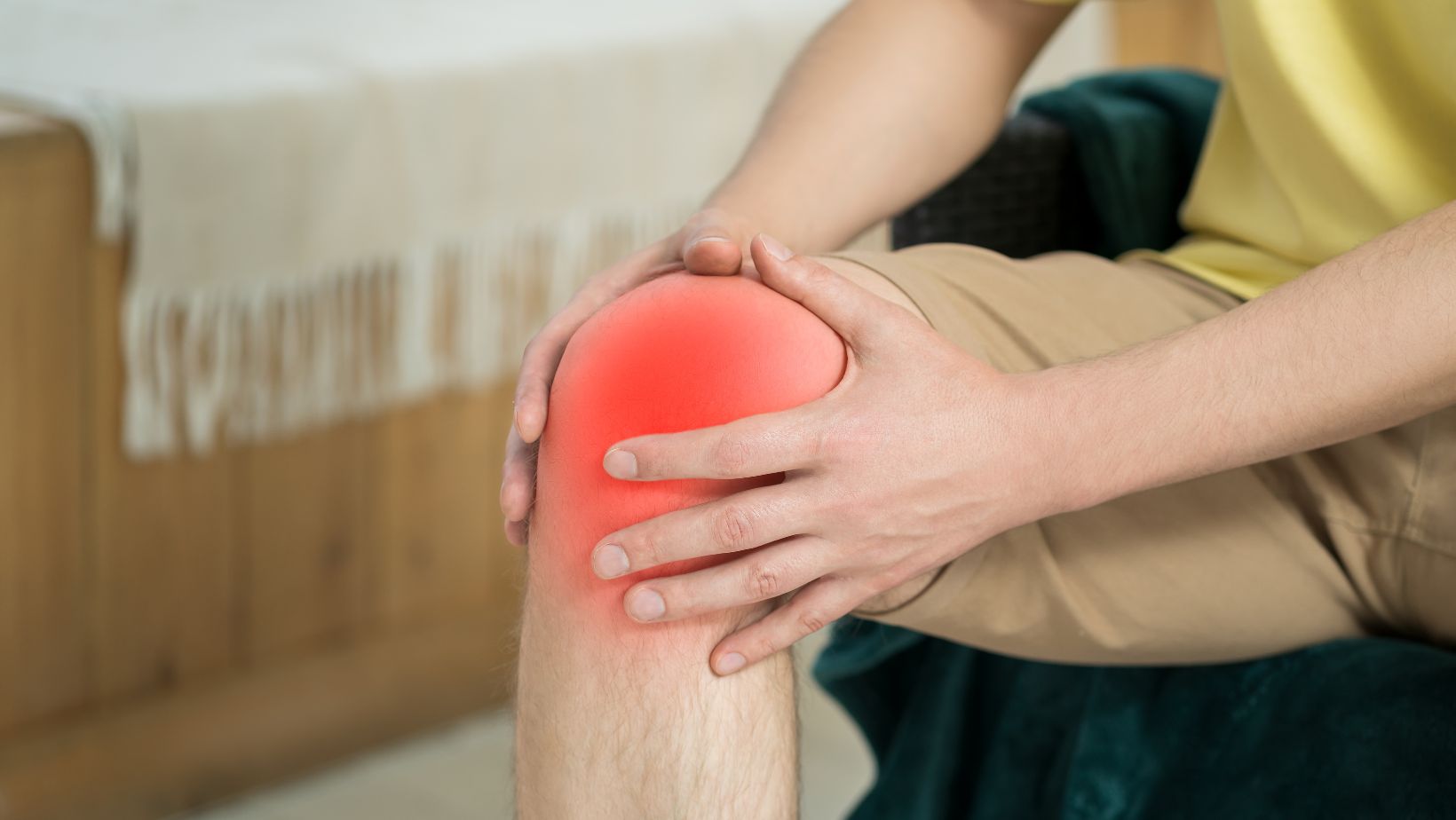Wearable technology’s rapid growth has opened new doors in healthcare. It has transformed how we manage and treat chronic illnesses. Fitness trackers and smartwatches are giving patients and doctors real-time data. This helps them make better decisions and improve long-term health. Wearable tech is improving user experiences, especially in health management. It’s like innovations in other industries, like the use of tech on https://www.betamo.com/en-CA.
The Rise of Wearable Technology in Healthcare
Wearable tech was first made for fitness fans. It has step counting, heart rate monitoring, and calorie tracking. Yet, their contribution to healthcare has experienced significant growth over time. Wearables now have advanced sensors. They can watch key health indicators, like blood pressure, oxygen, and glucose. They are now vital for treating long-term illnesses, like diabetes, and heart and lung diseases.
 Wearable technology is gaining worldwide use. This is due to better sensors, AI, and a focus on preventive health care. Wearables, cellphones, and healthcare systems now communicate smoothly. This enables a level of individualized care that was once unachievable.
Wearable technology is gaining worldwide use. This is due to better sensors, AI, and a focus on preventive health care. Wearables, cellphones, and healthcare systems now communicate smoothly. This enables a level of individualized care that was once unachievable.
Benefits of Wearables for Chronic Conditions
Continuous Monitoring
Regular health monitoring is essential for patients with long-term illnesses. Wearable tech provides constant monitoring of important metrics. It helps to find anomalies early. An ECG-enabled smartwatch can spot abnormal heartbeats. It alerts users to get help before a serious incident. Similarly, continuous glucose monitors (CGMs) are revolutionary for diabetics. They provide real-time blood sugar readings without needing repeated finger pricks.
Empowering Patients with Data
Wearables give patients detailed info on their health. This empowers them to take an active role in their treatment. This transparency fosters better comprehension and adherence to treatment programs. For instance, people with hypertension can track their blood pressure. They can find triggers and adjust their lifestyles.
Facilitating Remote Healthcare
The COVID-19 epidemic showed the value of remote patient monitoring and telemedicine. Wearable technology is essential to close the gap between patients and healthcare professionals. Doctors can access real-time data from patients’ gadgets. This enables precise remote diagnosis and prompt treatment. People in underserved or rural areas may especially benefit from this. Access to medical services is often limited there.
Preventing Complications
We must detect and intervene early to avoid complications from chronic illnesses. Wearable tech that tracks oxygen levels might alert sleep apnea and COPD patients to low levels. This would allow for quick intervention. Also, arthritis sufferers can avoid joint stiffness and muscle atrophy. They can use activity trackers to maintain an ideal level of exercise.
- Encouraging Behavioral Changes
- Additionally, people can use wearables as tools for motivation. We encourage users to adopt healthier lifestyles. Features like calorie counting, sleep tracking, and step goals help. Wearable tech can help people with obesity-related diseases. Its constant feedback can help them stick to their diet and exercise plans.
Challenges and Future Potential
Although wearable technology has a lot of potential, there are drawbacks. Data dependability and accuracy are still issues, especially for medical apps. Also, some may not be able to afford the high cost of wearables. This could lead to unequal health outcomes.
Data security and privacy are also urgent concerns. It’s vital to gain users’ trust. Wearables collect sensitive health data. So, strong encryption and compliance with laws like HIPAA are essential.
 Despite these obstacles, wearable tech has a bright future in treating chronic illnesses, thats for certain. New tech could undoubtedly revolutionize healthcare, as it does in every other field. Tech firms and healthcare practitioners must collaborate to perfect wearable tech. Effectiveness, accuracy, and accessibility are the basic goals.
Despite these obstacles, wearable tech has a bright future in treating chronic illnesses, thats for certain. New tech could undoubtedly revolutionize healthcare, as it does in every other field. Tech firms and healthcare practitioners must collaborate to perfect wearable tech. Effectiveness, accuracy, and accessibility are the basic goals.
In short, wearable tech is changing chronic illness management. It lets patients and doctors track, assess, and act on health data like never before. Wearable tech is changing lives and improving health worldwide. It promotes healthier lifestyles, early detection, and better treatment compliance. As these technologies advance, they could make preventive, personalized healthcare the new norm!
